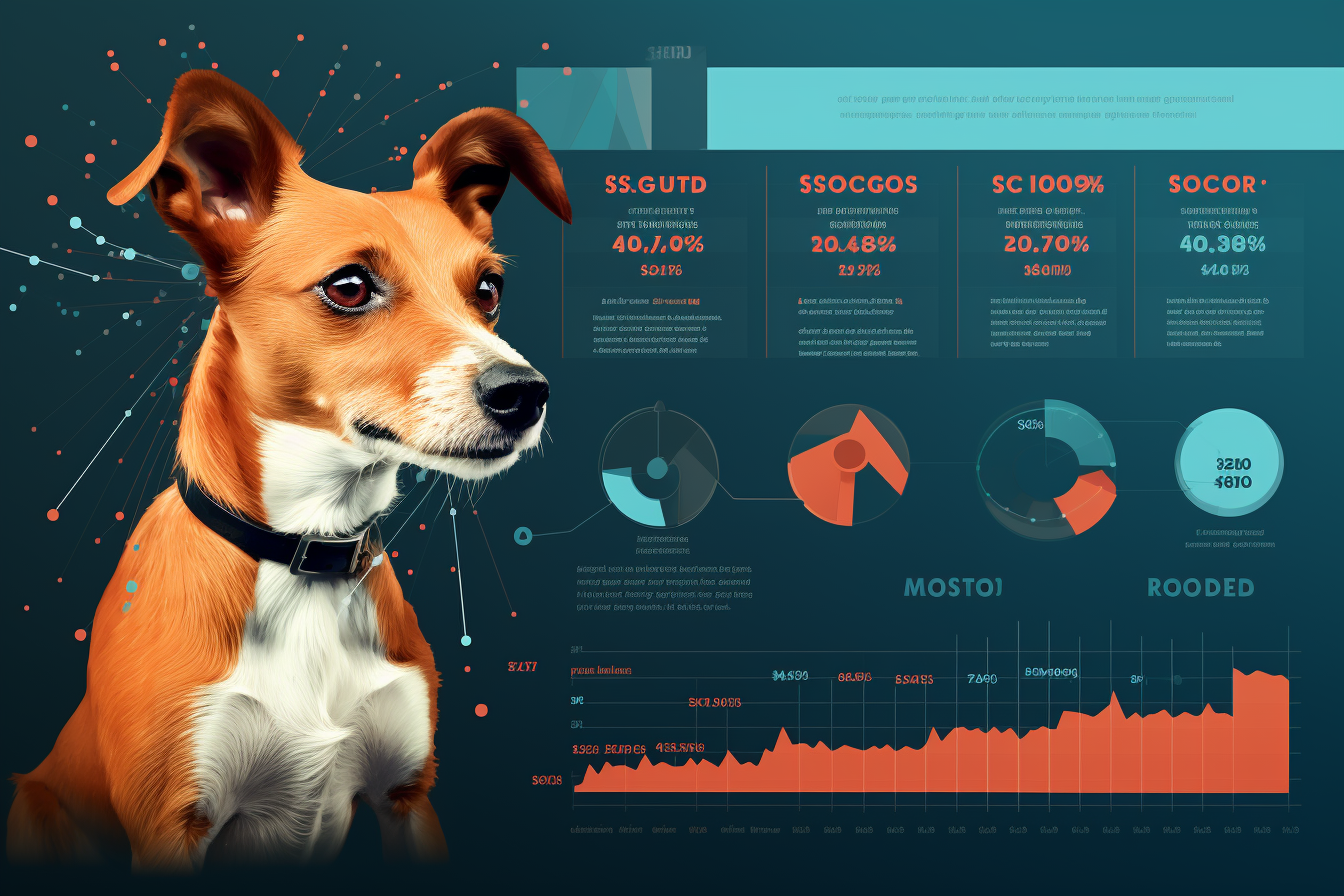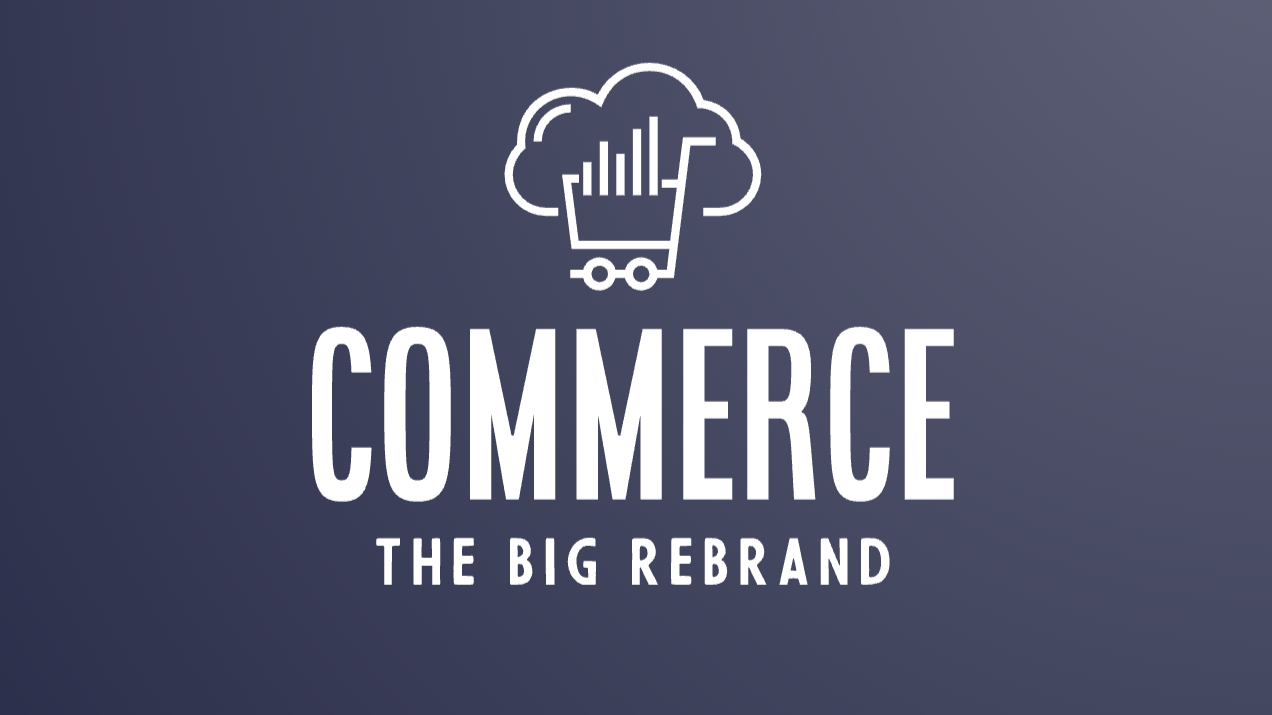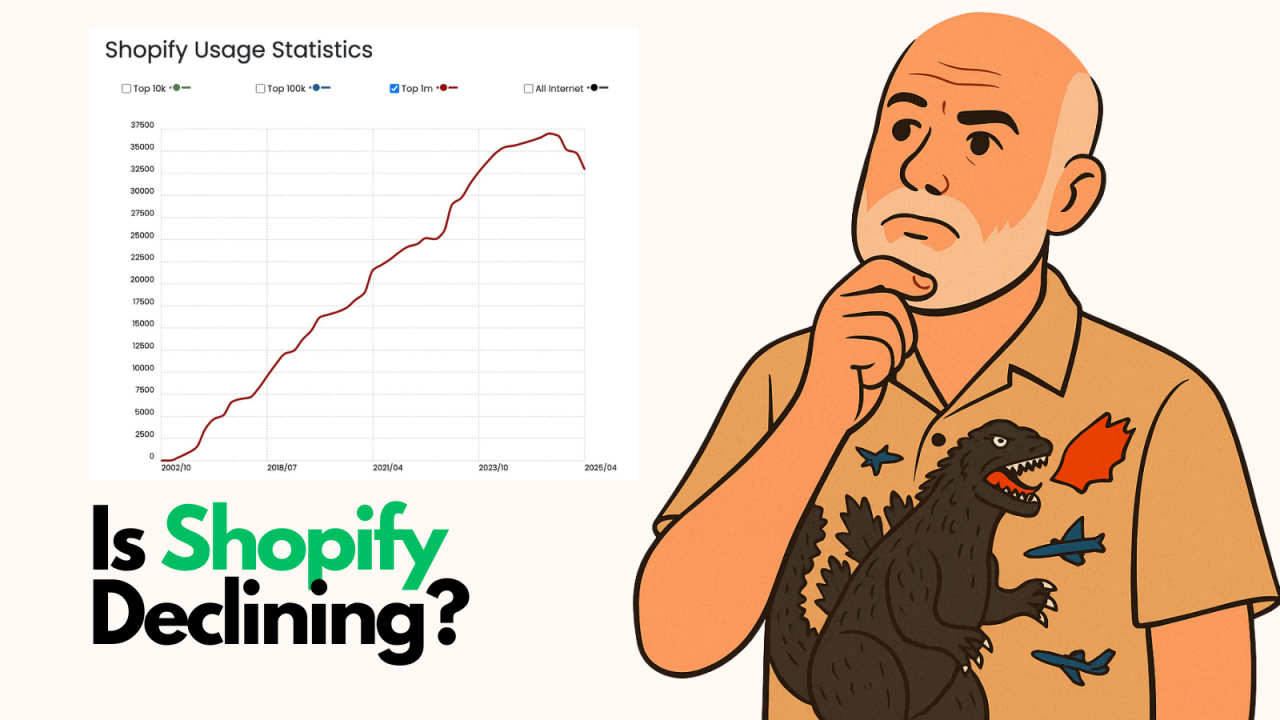
As a savvy digital marketer, you know that optimizing your website for search engines is critical for driving traffic and increasing your online visibility. But with so many factors to consider, it can be challenging to know where to focus your efforts. That's where Google Search Console comes in. This powerful tool provides valuable insights into your website's performance, including data on your click-through rate and impressions. By understanding and utilizing this data, you can unlock the potential of your website and take your SEO to the next level. In this article, we'll explore the importance of click-through rate and impressions, how to access this data in Google Search Console, and strategies for using this information to improve your website's search engine rankings. So, let's dive in and discover how to unlock the full potential of Google Search Console for your SEO efforts.
Before we delve into the ways to optimize your website's click-through rate and impressions using Google Search Console, let's first define these terms. Click-through rate (CTR) is the percentage of users who click on your website's link after seeing it in the search engine results page (SERP). Impressions, on the other hand, refer to the number of times your website's link appears in the SERP, regardless of whether or not a user clicks on it.
CTR is an essential metric for measuring the effectiveness of your website's search engine optimization (SEO) efforts. A high CTR indicates that your website's content is relevant and engaging to the users who see it in the SERP. Conversely, a low CTR may indicate that your website's content is not resonating with users, or that your meta titles and descriptions are not effectively communicating the value of your content.
Impressions, while not as critical as CTR, are still an important metric to monitor. If your website is appearing in the SERP but not receiving many clicks, it could be an indication that your content needs to be more compelling or that your meta titles and descriptions need to be improved.
As we mentioned earlier, CTR is an essential metric for measuring the effectiveness of your website's SEO efforts. But why is it so important?
Firstly, a high CTR can lead to more traffic to your website. The more users that click on your website's link in the SERP, the more likely they are to visit your website and engage with your content.
Secondly, a high CTR can improve your website's search engine rankings. Google's algorithm takes user behavior into account when determining search engine rankings. If your website has a high CTR, Google may interpret this as a signal that your content is valuable and relevant to users, which can result in a higher search engine ranking.
Lastly, monitoring your website's impressions can help you identify opportunities to improve your website's search engine visibility. By understanding which queries are generating the most impressions for your website, you can optimize your content to better target those queries and increase your website's visibility in the SERP.
Now that we understand the importance of CTR and impressions for SEO, let's explore how to access this data in Google Search Console.
To access your website's CTR and impressions data in Google Search Console, navigate to the "Performance" report. This report provides a wealth of information about your website's search performance, including data on clicks, impressions, CTR, and average position in the SERP.
By default, the "Performance" report displays data for the past 28 days. However, you can adjust the date range to view data for a specific time period, such as the past week or month.
One of the most valuable features of the "Performance" report is the ability to analyze your website's search queries. This data can help you understand which queries are generating the most clicks, impressions, and CTR for your website.
To view your website's search queries, navigate to the "Queries" tab in the "Performance" report. Here, you'll see a list of the queries that are generating the most clicks, impressions, and CTR for your website.
You can sort this data by clicking on the column headers. For example, if you want to see which queries are generating the most impressions for your website, click on the "Impressions" column header to sort the data by impressions.
This data can help you identify opportunities to optimize your content for specific queries. For example, if you notice that a particular query is generating a lot of impressions but a low CTR, you may need to optimize your meta titles and descriptions to better communicate the value of your content.
Meta titles and descriptions are crucial elements of your website's SEO strategy. They provide a brief summary of your content to users who see your website in the SERP.
To optimize your meta titles and descriptions for higher CTR, it's important to keep them concise, engaging, and relevant to the content on your website.
Here are a few tips for optimizing your meta titles and descriptions:
By optimizing your meta titles and descriptions for higher CTR, you can increase the likelihood that users will click on your website's link in the SERP.
Structured data markup is a type of code that provides additional context about the content on your website to search engines. This data can help search engines understand the content on your website more effectively, which can result in higher search engine rankings and more impressions in the SERP.
There are many types of structured data markup that you can implement on your website, including:
By implementing structured data markup on your website, you can provide additional context about your content to search engines, which can result in more impressions in the SERP.
In addition to analyzing your website's search queries, Google Search Console can also help you identify pages on your website that are underperforming in terms of CTR and impressions.
To view this data, navigate to the "Pages" tab in the "Performance" report. Here, you'll see a list of the pages on your website that are generating the most clicks, impressions, and CTR.
If you notice that a particular page on your website is receiving a lot of impressions but a low CTR, you may need to optimize the meta title and description for that page. Alternatively, if a page is not receiving many impressions, you may need to improve the content on that page or implement structured data markup to help search engines understand the content more effectively.
Now that you understand how to access and analyze your website's CTR and impressions data in Google Search Console, let's explore some tips for improving these metrics:
By implementing these strategies, you can improve your website's CTR and impressions, which can lead to more traffic and higher search engine rankings.
Google Search Console provides valuable insights into your website's performance, including data on your click-through rate and impressions. By understanding and utilizing this data, you can optimize your website for search engines and take your SEO to the next level.
In this article, we explored the importance of CTR and impressions for SEO, how to access this data in Google Search Console, and strategies for using this information to improve your website's search engine rankings.
By implementing the tips and strategies outlined in this article, you can unlock the full potential of Google Search Console for your SEO efforts and drive more traffic to your website.
Read more about understanding the key metrics to track in Google Search Console

Following up on my earlier post about BigCommerce's rebrand announcement, I got my hands on theCleveland...

By Brent W Peterson AI vs Shopify: Is Platform Dominance Ending in 2025?

The B2B OG Reality Check In 1995, I built my first B2B website for my then computer assembly company. It...